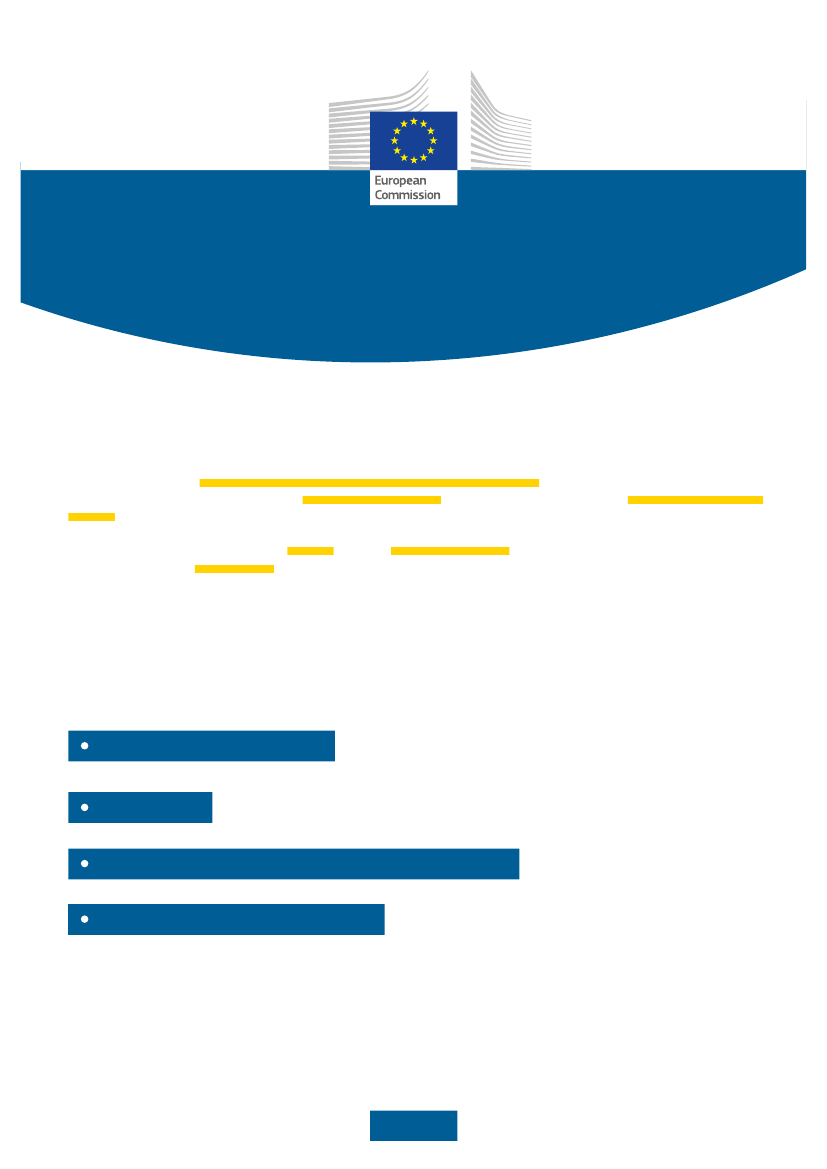
NEW
ECONOMIC GOVERNANCE
RULES
FIT FOR THE FUTURE
26 April 2023
The Commission has presented legislative proposals to implement a comprehensive reform of the EU economic
governance framework.
The proposals seek to
respond to the significantly higher levels of public debt
in the aftermath of the pandemic and
support reforms and investment. They
address shortcomings
in the current framework and
take into account the
lessons
from the EU policy response to COVID-19.
They make EU economic governance
simpler,
improve
national ownership,
place a greater emphasis on the medium-
term and strengthen
enforcement.
Key principles and objectives
The key objective of the reform is to
strengthen debt sustainability
and
promote sustainable and inclusive
growth
through reforms and investment. It includes:
Stronger national ownership
Simpler rules
Facilitating reforms and investment for EU priorities
Providing for effective enforcement